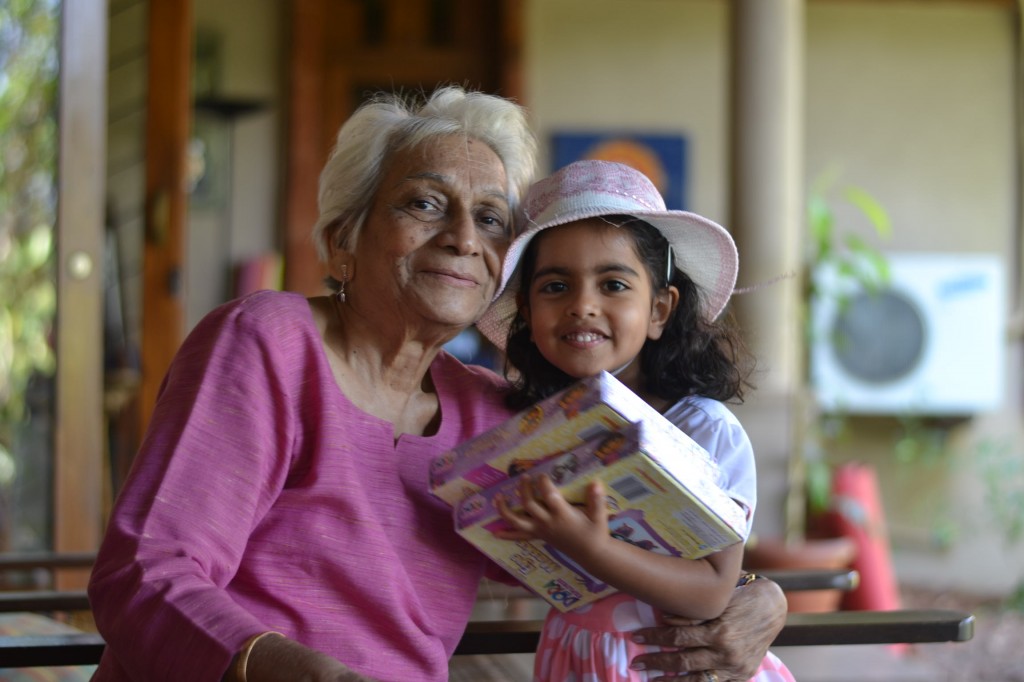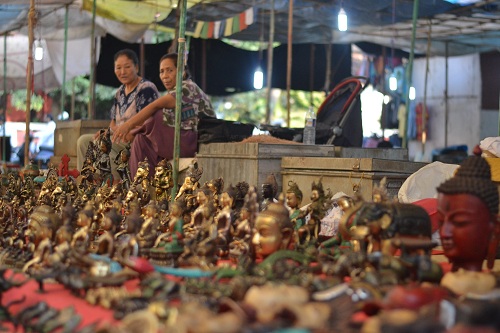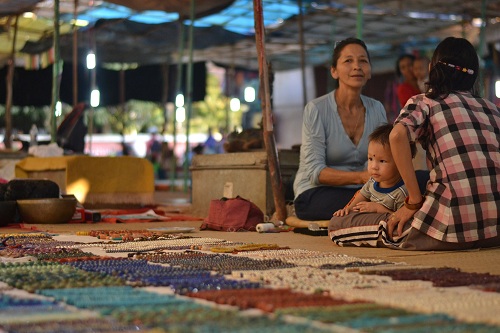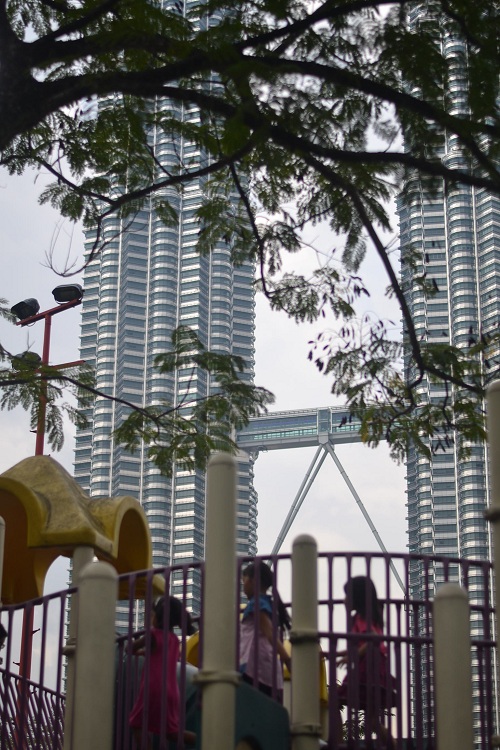We’ve heard of walking tours in New York City based on celebrities or shows, such as the Sex and the City walking tour. But we didn’t expect an evening outing in the ancient city of Varanasi to turn into a Goldie Hawn tour. Varanasi is a holy Hindu city on the banks of the Ganges River. Our intention last night was to attend the sunset aarti, a daily outdoor offering performed on the ghats, or steps leading into the river. We were warned the area is chaotic between the pilgrims, locals and tourists who all congregate within a few hundred meters of each other during sunset. Hence, we did what we rarely do. We asked the hotel to arrange for a guide.
Our guide, Pai, an enterprising business man, spoke perfect English. We later found out that he also taught himself French and Japanese (his abilities in both were better than my own, and I’ve lived in Belgium and Japan) because of the influx of tourists that speak these languages. One of the first questions he asked when he found out we were from America was “Do you know Goldie Hawn?” It seemed an out of context question.
For the rest of the evening, between explaining the goings on of the aarti and guiding us around streets that turned back on themselves, Pai went through Goldie’s entire life story, and her relationship with his family. Apparently, Goldie comes to Varanasi every couple of years for spiritual reasons. Pai mentioned several times that he is her guide of choice.
We stepped into the ghats and bought a flower offering. Pai explained that Goldie too buys offerings to give to the river. We were elaborately told how she and Kurt Russell have bought the offering together and the very same spot.

The aarti was far less serene than we expected it to be. Experiencing it from river certainly seemed the calmer alternative to standing along the banks, but the boats were packed so tightly we could barely hear Pai explain how much Goldie loved to take pictures of the aarti. He reminded us a few times that Goldie uses the same boat when she is in Varanasi.

After the aarti was over, Pai invited us over to his house, where we were shouldn’t have been all that surprised to find a silk shop waiting for us. We declined Pai’s offer of tea, which launched him into a discussion about how Goldie likes her chai. I would have thought the Goldie tales were fabricated, except that Pai pulled out a photo album of him and the star over the years. Goldie holding his baby son. Goldie talking with the same son some years later. I asked if I could take a picture of the album, and Pai said “Oh, if you want to take a picture, let me get the newer album.” And out he came with a leather-bound version.

I don’t know how much we learned about the sunset aarti. Our time was limited, and the aarti we attended at the main ghat, Dasaswamedh, was very much catered to tourists. But now we know how Goldie likes her tea and what color scarves she prefers to buy.
If we had more time here we would attend the aarti at one of the smaller ghats. I suspect these offer a more authentic experience. At least now I know to plead ignorance if someone asks whether I know Goldie Hawn.



















































